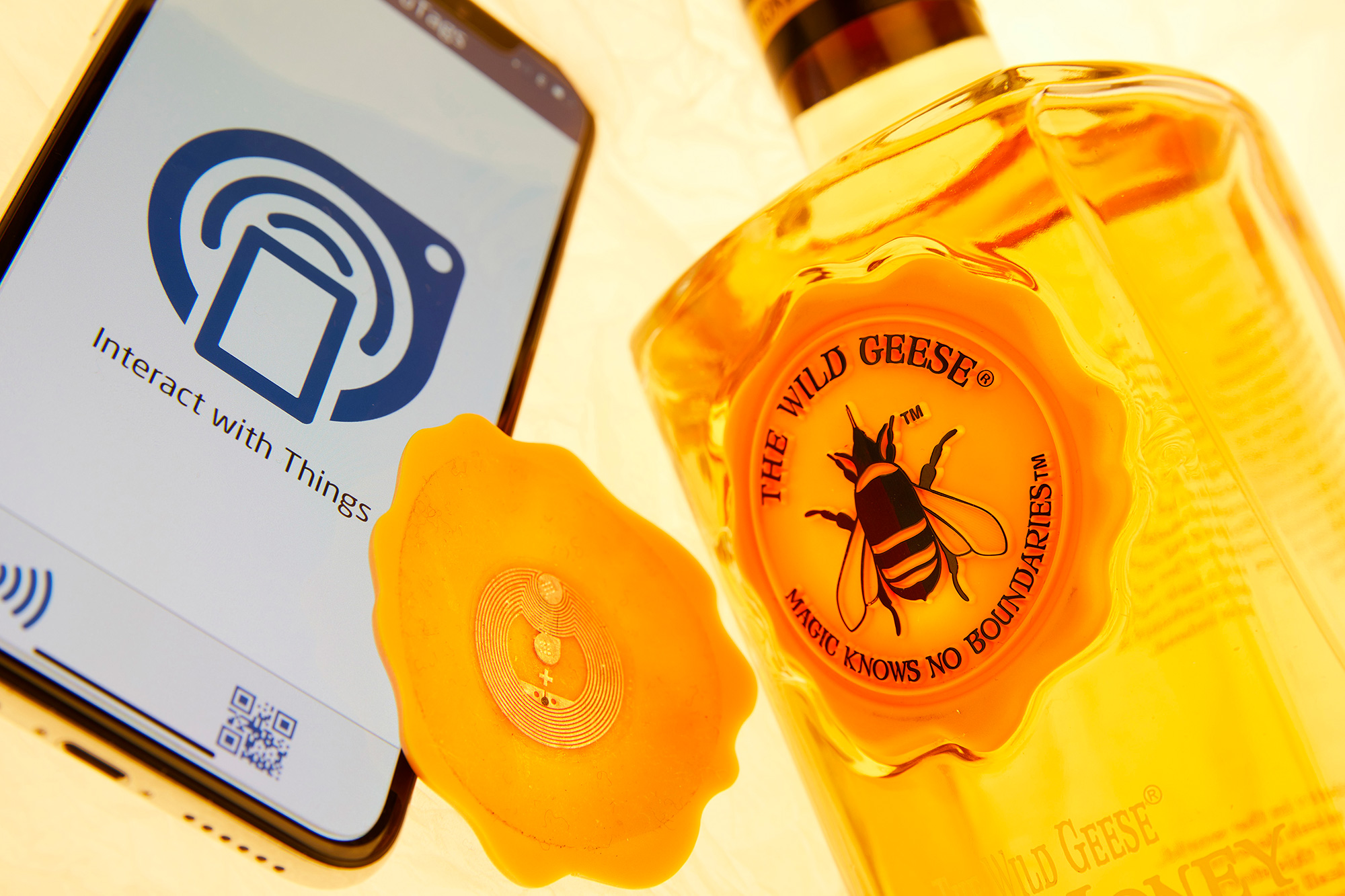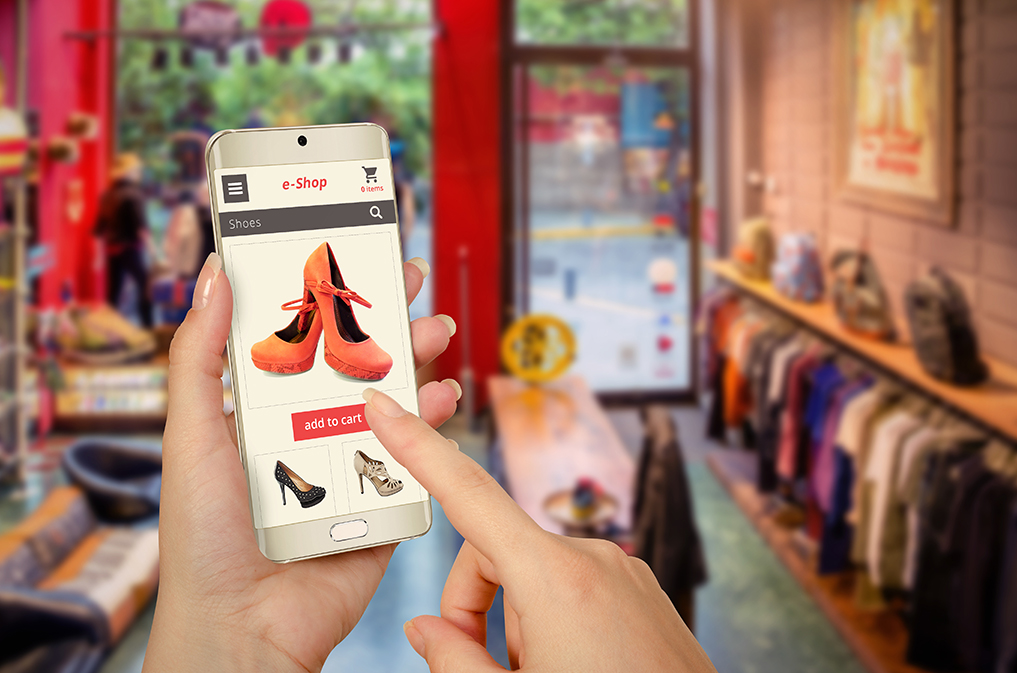Industry markets often change to fit their ever-evolving target audiences, as it’s important to adapt to what different people expect from their purchasing experience. Marketing to different demographics can be a real challenge, particularly those that vary in age. However, studies have shown that the generation that a consumer fits in can have an impact on their purchasing habits.
It goes without saying that a consumer’s income and circumstances can be attributed to their purchasing, as a 23-year-old and a 60-year-old’s purchasing habits tend to differ considerably. But what are some of the other differences?

We’ll start by looking at Generation Z, the youngest audience group on the market – typically born from 1998 to 2010. As the generation that grew up with the internet, those belonging to Gen Z are digital natives and, as such, they utilise the internet as the foundation of their purchase journey. For example, 75% of Gen Z and Millennials use smartphones to shop online – more than any other generation. Using their online resources they can compare prices, availability, product ratings and styles so that they can make the most educated and selective decision possible. Generation Z are also relatively thrifty, and are more likely to make big purchasing decisions when products are on sale.
Born roughly from 1980 – 1998, the Millennial generation makes up the biggest percentage of the workforce, which is why most marketing efforts are now starting to be geared towards them. Due to being busy, they tend to value convenience and a fast check out over spending lots of time in-store. As the generation that grew up as the digital world was starting to take shape, Millennials are also well integrated into the digital world, making a big difference from the generations that came before them. Another important factor to Millennials and other younger generations is how the product, service or brand can benefit and improve the world that we live in; whether the brand supports a worthwhile cause, or the product itself is recyclable.

Born from 1965 to 1980, much like Millennials, Generation X is also a big part of the workforce and as a result, doesn’t have much time to spend in-store. However, Millennials and Gen X don’t respond to the same type of marketing message. Millennials can be influenced by several different factors when it comes to their purchasing decisions, from recommendations from family and friends, their experience in the store or even how they’re feeling at the time of purchase. While Generation X tends to focus on product reviews, the atmosphere of the store and the speed of their purchasing journey. Generation X prefers companies to provide them with the information they need on why they should purchase the product that’s being marketed to them.
Born from 1946 to 1964, Baby Boomers are more focused on value, both for their money as well as the product that they are purchasing. While they do use the internet to consider and research their various options, they are still more likely to purchase in-store. They also prefer products and services that are fairly priced and reliable. Baby Boomers are less likely to be persuaded by the opinions of friends and family, as only 12% of Baby Boomers look for purchasing advice from their loved ones. Marketing messages that promote the high quality of the product, and explain why these items are worthwhile, are ones that resonate with this generation, as is great customer service.

With the world becoming increasingly more digital, all generations are starting to move to mobile to start their purchasing journeys. Browsers and apps on smartphones are starting to appeal to a variety of consumers, though this is primarily led by younger generations. However, this doesn’t mean that in-store experiences aren’t valued, as 75% of all generations prefer to see a product in-store – which means they also value good customer service.
We’d love to find out more about your product or brand and we’d be delighted to arrange a consultation to discuss your product embellishment needs – simply fill in the form and we’ll be in touch.
Alternatively, give us a call on 01733 396080